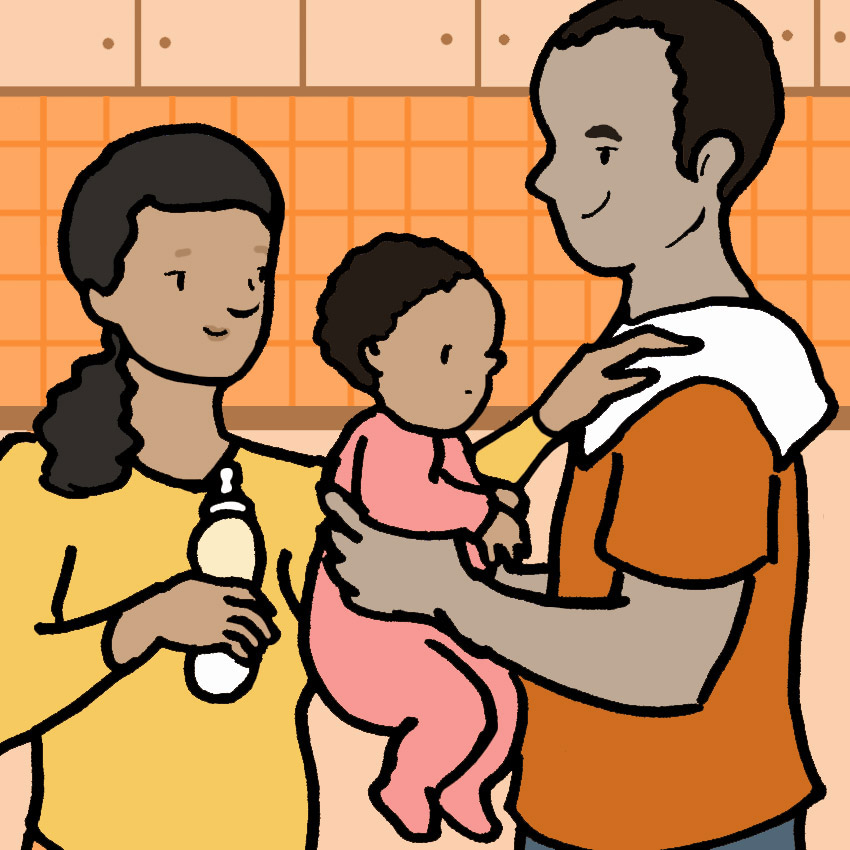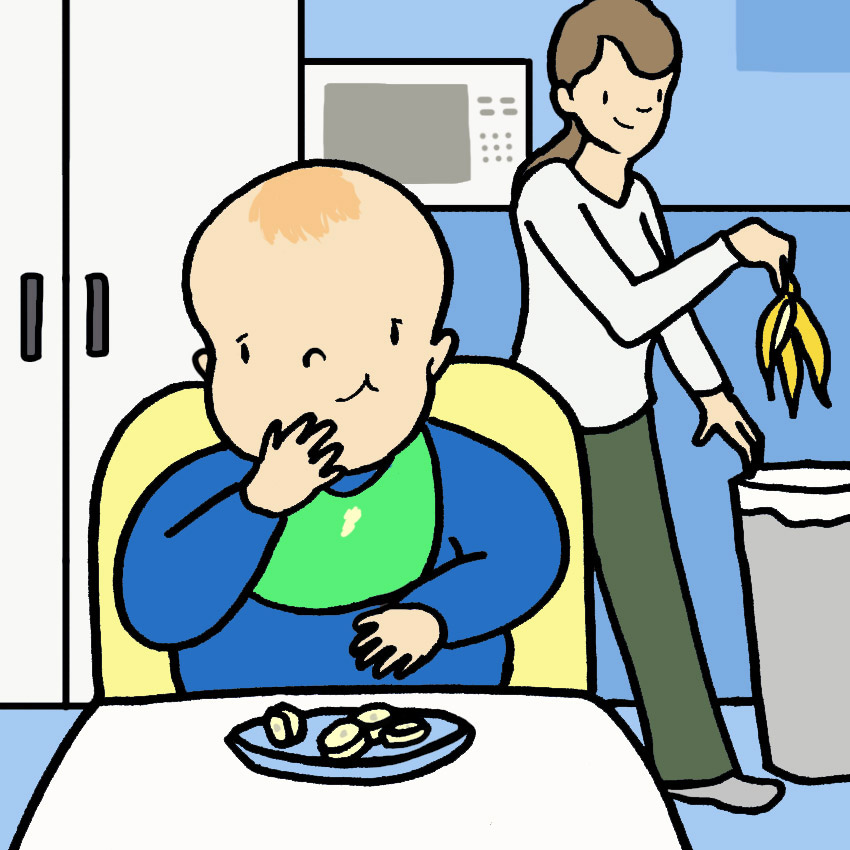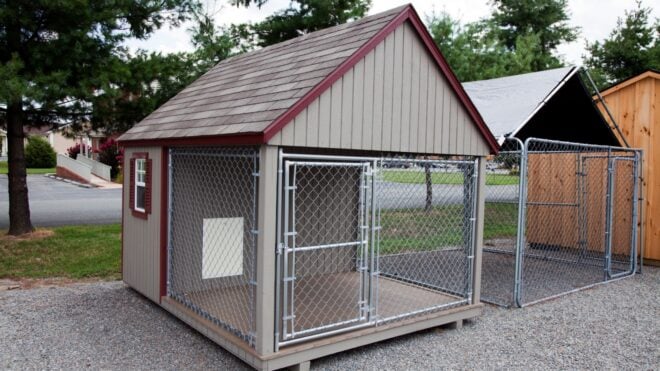While you may have intended to breastfeed your baby well beyond the six-month mark, sometimes those plans don’t work out for one reason or another.
We all know breastfeeding has countless benefits for both mother and baby, but there’s also nothing wrong with needing to stop. There’s no “right” time to stop breastfeeding your baby. Everyone is different.
Some women need to stop breastfeeding due to their work schedules; others because certain medications may interfere with their breast milk. The process of stopping breastfeeding can be a challenging one depending on how quickly you need to try to stop.
Whatever your reason may be for why you need to stop breastfeeding, here are some tips for how to stop breastfeeding that will make the process a smoother and less painful one. Be sure to consult your doctor if you experience any difficulties while trying to stop breastfeeding, and let us know if you tried other methods not listed below that worked.
How To Stop Breastfeeding Cold Turkey

Perhaps your baby discovered how to bite down, or maybe his or her latch feels like a choke hold on your breast. Whatever the case, certain circumstances will give you no time to gradually stop breastfeeding. You need to figure out how to stop breastfeeding quickly with minimal issues. Just because you’re ready to stop feeding doesn't mean your body is ready to stop producing milk. This can lead to engorgement issues. There are things you can do to prevent this if you stop breastfeeding cold turkey.
1. You’ll Need To Pump
In order to reduce the feelings of engorgement and to reduce the risk of any breast infection, you’ll likely need to pump. If you go this route, your baby is still getting the nutritional benefits of your milk. As your milk supply reduces, you’ll need to pump less and eventually it will no longer be necessary because you will stop producing milk.
2. Reduce Milk Production
Reducing milk production will help you stop breastfeeding cold turkey. Some women say they were able to speed up the process by drinking black coffee. It may be worth a shot if you’re having a problem in this area!
3. Anti-Inflammatory Medication
You may need to take over-the-counter anti-inflammatory medication if you get arm pain from your breasts being too full. This doesn’t happen to everyone, but is common in women who stop breastfeeding cold turkey.
4. Cabbage Leaves
Don’t think of this as a wives’ tale. A number of women say putting cold cabbage leaves on their breasts helped with pain when they stopped breastfeeding cold turkey. You can either put them on like ice packs or put them in your bra. Either way, the cabbage leaves will help absorb some of the fluid from the glands. This helps to reduce the feeling of fullness in the breast.
5. Reduce Friction
If possible, also reduce the amount of friction against the nipple. Friction stimulates the nipple. This can lead to milk letdown, so don’t get rid of the nursing pads yet. There’s a good chance you’ll still have leakage.
How To Stop Breastfeeding Without Pain

While some women have to stop breastfeeding cold turkey, in a perfect world, experts advise to gradually stop breastfeeding because it’s less painful. If you are able to do this, then you’re ahead of the game already. Still, stopping breastfeeding even gradually can come with its share of pains. There are things you can do to alleviate that pain.
1. Reduce Feedings
If your body realizes your breast milk is less in demand, it will gradually stop producing it. Replace one of your feedings with a bottle for your baby. This way you’re not only giving your body a break and preparing it to stop breastfeeding, but you’re also getting your baby more used to the bottle. Eventually increase the number of bottles while reducing the amount of breastfeeding. This way your body and your baby can gradually adjust.
2. Let Other People Feed Your Baby
If you want to stop breastfeeding without pain, you need to gradually decrease the number of feedings that you’re involved in. Let your baby get used to other people feeding him or her with a bottle.
3. Dry Up Milk Supply
Your body may not be on board with your plan to stop breastfeeding. You’re still going to be producing some amount of milk for a while until you’ve completely stopped. Many women say wearing a highly supportive bra helps. Years ago, women were told to wrap their breasts with a bandage. That is no longer recommended because it can lead to other problems and possibly even infections.
Baby-Led Weaning

If you’re looking for one of the more natural ways to stop breastfeeding, consider baby-led weaning. This puts the baby in the driver’s seat when it comes to breastfeeding and eating. Baby-led weaning works well when he or she is ready to try other foods besides breast milk or formula. Pediatricians say this is usually around six months because most babies can sit up themselves at this point. This is not to say you’re going to cut out the bottle, but your baby will be getting nutrition from other sources as well so they’ll be less dependent on your breast milk.
1. Self-Feeding
When you and your pediatrician decide it’s the right time to introduce other foods, let your baby feed himself from the beginning. This not only supports hand-eye coordination, it also allows the baby to stop eating when he’s full, not when someone else says it’s time. Supporters of baby-led weaning say this also helps in preventing children from becoming overweight because they learn when they are full at a young age.
2. Replace Feedings
Just as you reduce the number of feedings gradually to ease the pain on your body, you can do the same when it comes to baby-led weaning. This could mean offering a soft fruit at breakfast time instead of breast milk. This also allows you and your baby to figure out what he likes to eat.
3. More Food, Less Breast Milk
As you gradually introduce food, your baby will become less dependent on your breast milk. This will help your body reduce production and eventually stop in a painless way. As always, consult with your pediatrician if you are concerned about your baby’s nutrition as you stop breastfeeding.
These are just a few methods and tips to help you along your journey. Please SHARE if you know a fellow momma who could use these tips to stop breastfeeding. Sharing is caring, especially when it comes to motherhood!




